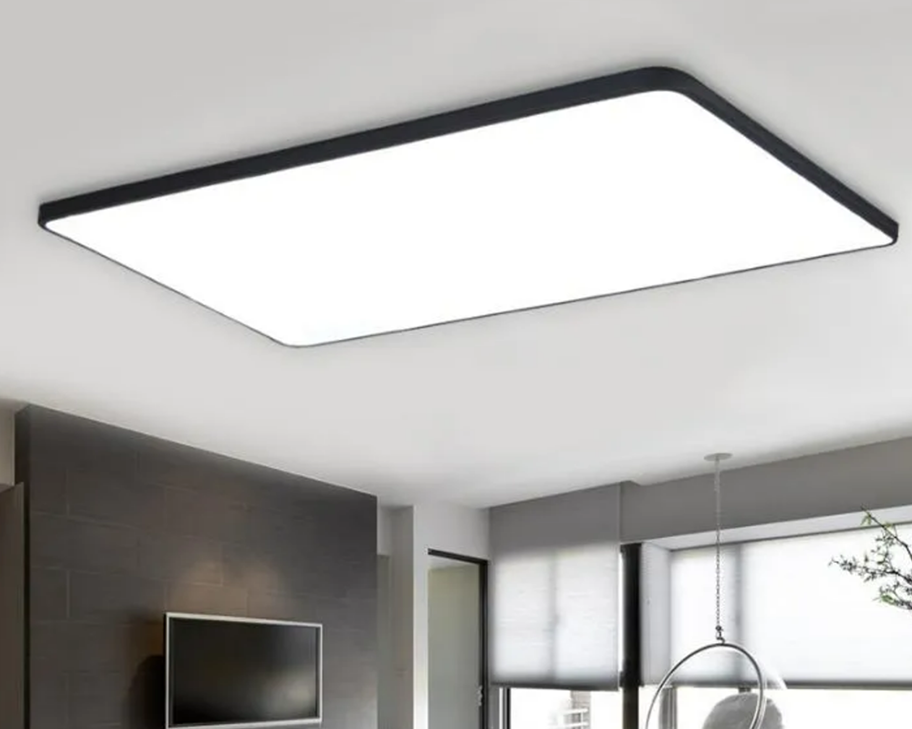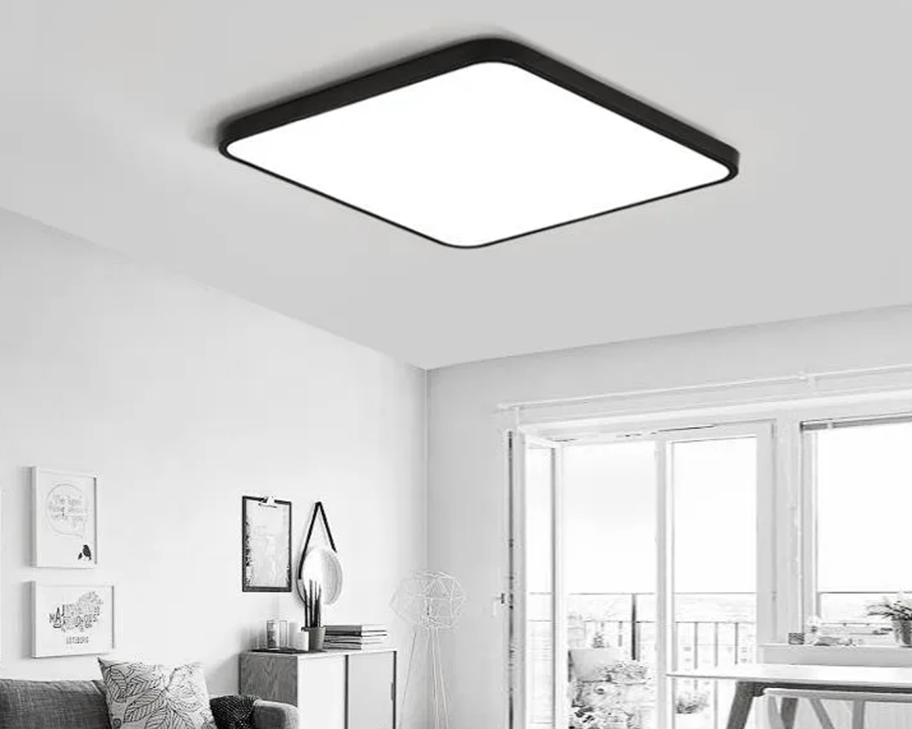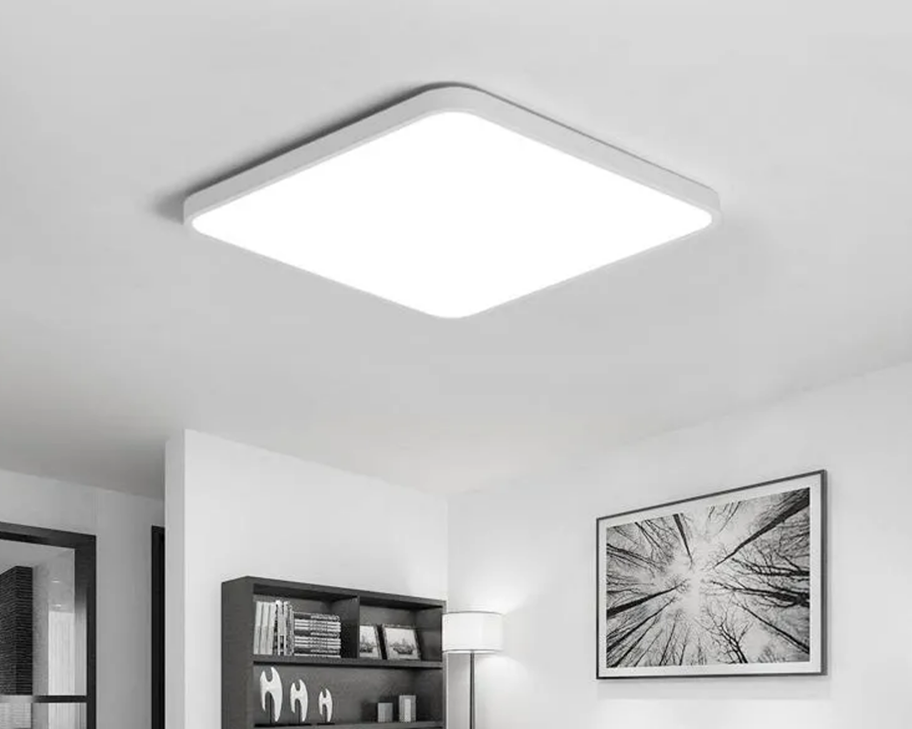Linear LED light design represents a fusion of form, function, and efficiency that is reshaping both interior and exterior spaces. From decorative linear LED lights to rugged explosion-proof and emergency variants, the versatility of long, narrow fixtures enables designers to sculpt light with unprecedented precision.
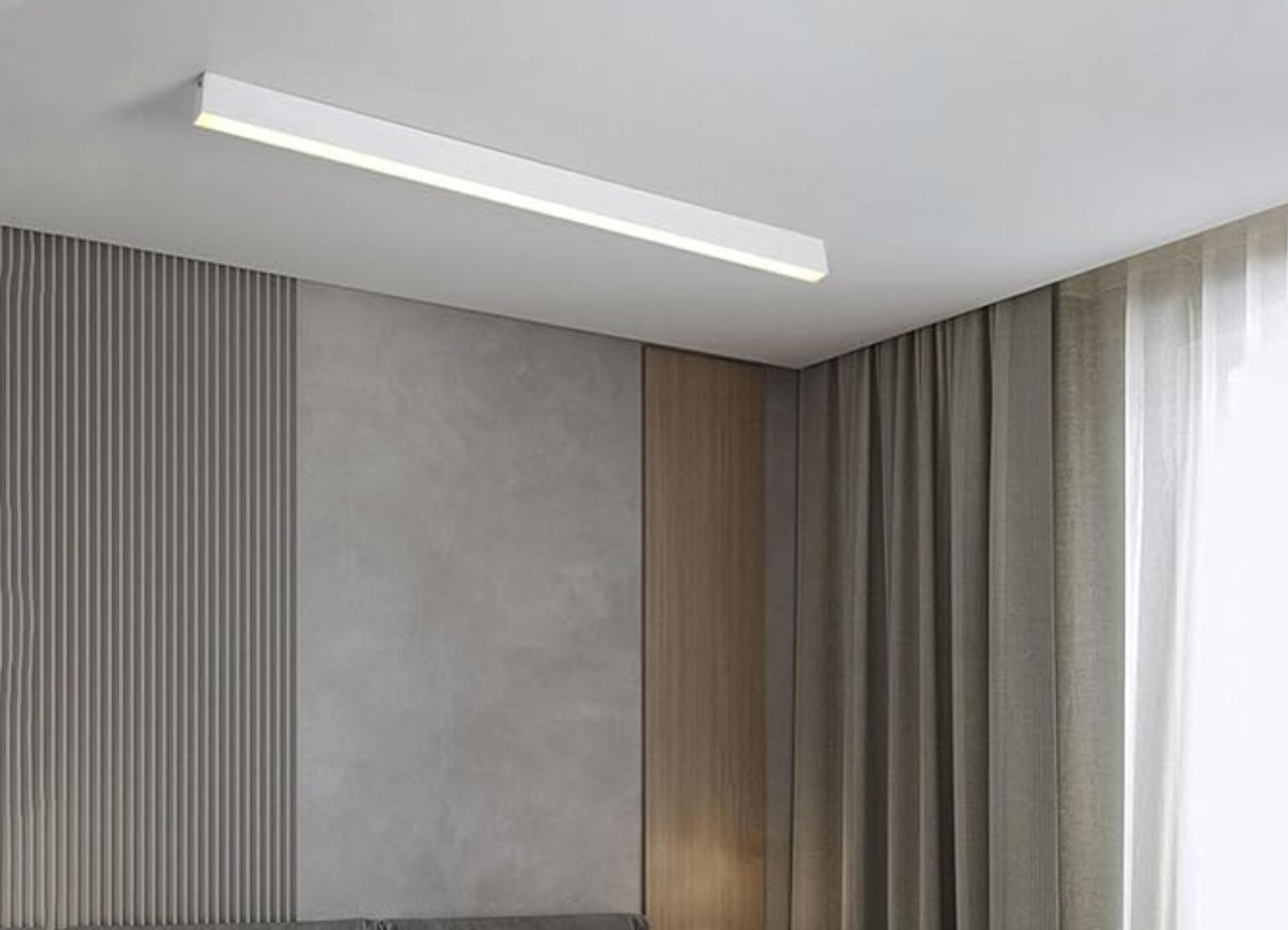
Aesthetic versatility and application diversity
Linear LED lighting spans a broad spectrum of styles and applications. Decorative linear LED light strips and bars offer clean, continuous lines that enhance architectural features, reveal textures, and guide movement along corridors, stairwells, and facades. In exterior settings, exterior linear LED light bars create secure, welcoming ambiances for entrances, walkways, and building edges. The slim profile of linear luminaires allows concealment within ceilings, cove ceilings, or slim architectural fins, delivering glare-free illumination and a modern, minimalist look.
Design considerations for visual comfort
A well-designed linear LED light must balance color quality, brightness, and distribution. Color temperature, measured in Kelvin (K), influences mood and functionality: warmer tones (2700–3000 K) for hospitality and living spaces, cooler tones (4000–5000 K) for work environments. The distribution pattern—batwing, batwing-plus, or asymmetric—controls how light spreads across surfaces, minimizing harsh hotspots and shadows. A key design principle is achieving uniform luminance along the length of the fixture, ensuring consistent perception from any viewing angle. For exterior installations, IP ratings and corrosion resistance become part of the design equation, alongside robust heat management to maintain performance in harsh conditions.
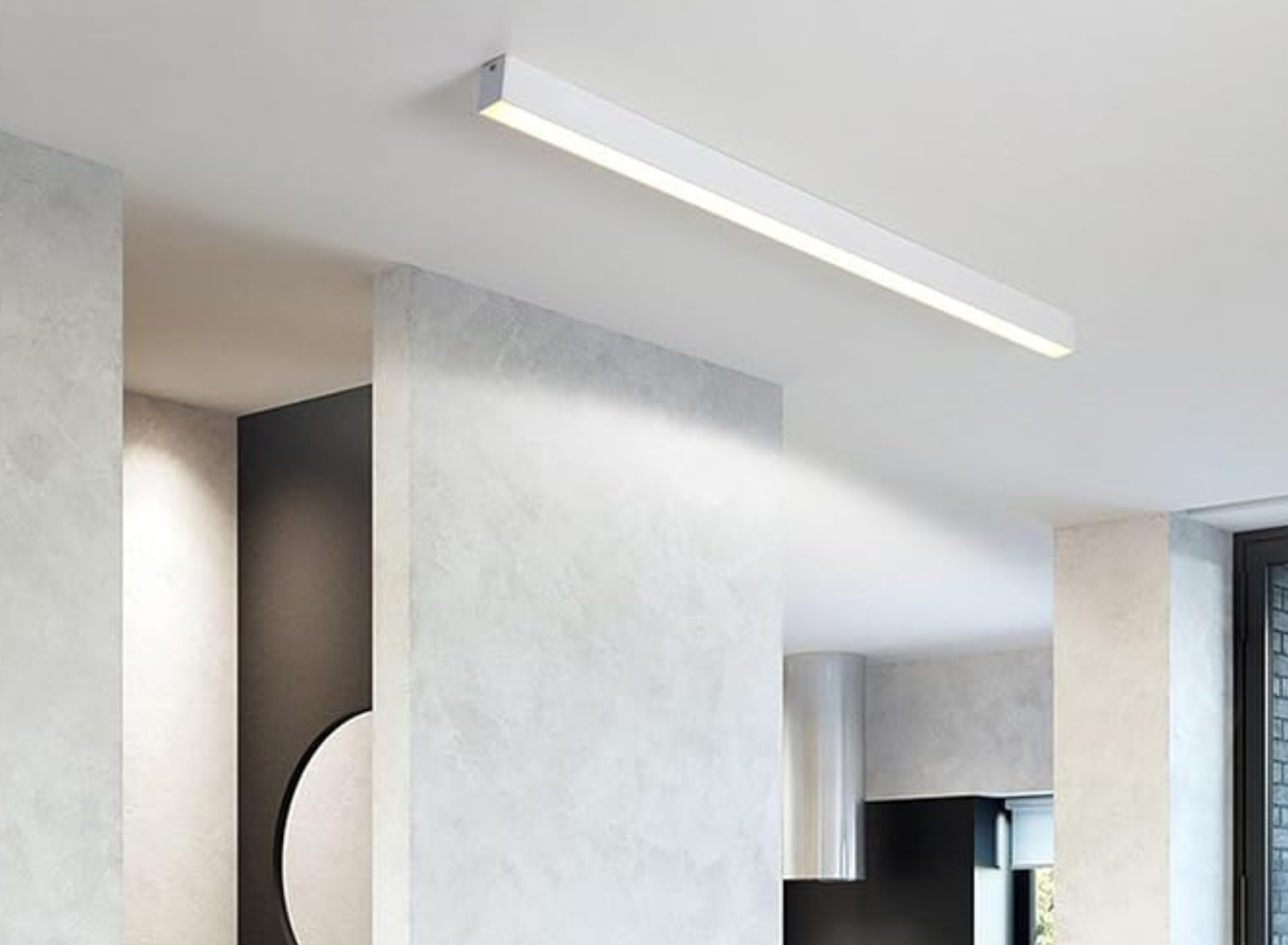
Performance, efficiency, and sustainability
LED linear lights excel in energy efficiency, offering high lumen output with low power consumption and long lifespans. When designing with linear LED technology, engineers consider thermal management, LED binning, and dimmability to maximize efficiency and user control. Linear configurations are particularly suited for continuous runs, avoiding discrete points of failure and enabling seamless dimming curves for scenes and accents. The potential for integration with smart controls—occupancy sensors, daylight harvesting, and programmable scenes—adds an intelligent layer to linear lighting schemes, further reducing energy use.
Specialized variants and safety considerations
Certain environments demand specialized linear LED options. Explosion-proof linear lights are engineered for hazardous locations, using rugged housings and sealed components to resist ignition sources. Emergency linear lights ensure safe egress during power outages, maintaining visibility along exit routes. Exterior linear LED fixtures are constructed to withstand weather, UV exposure, and temperature fluctuations, extending the life of outdoor installations. When selecting a linear light, the design process must weigh the trade-offs between enclosure size, heat sinking, and optical performance to meet code requirements and safety standards.
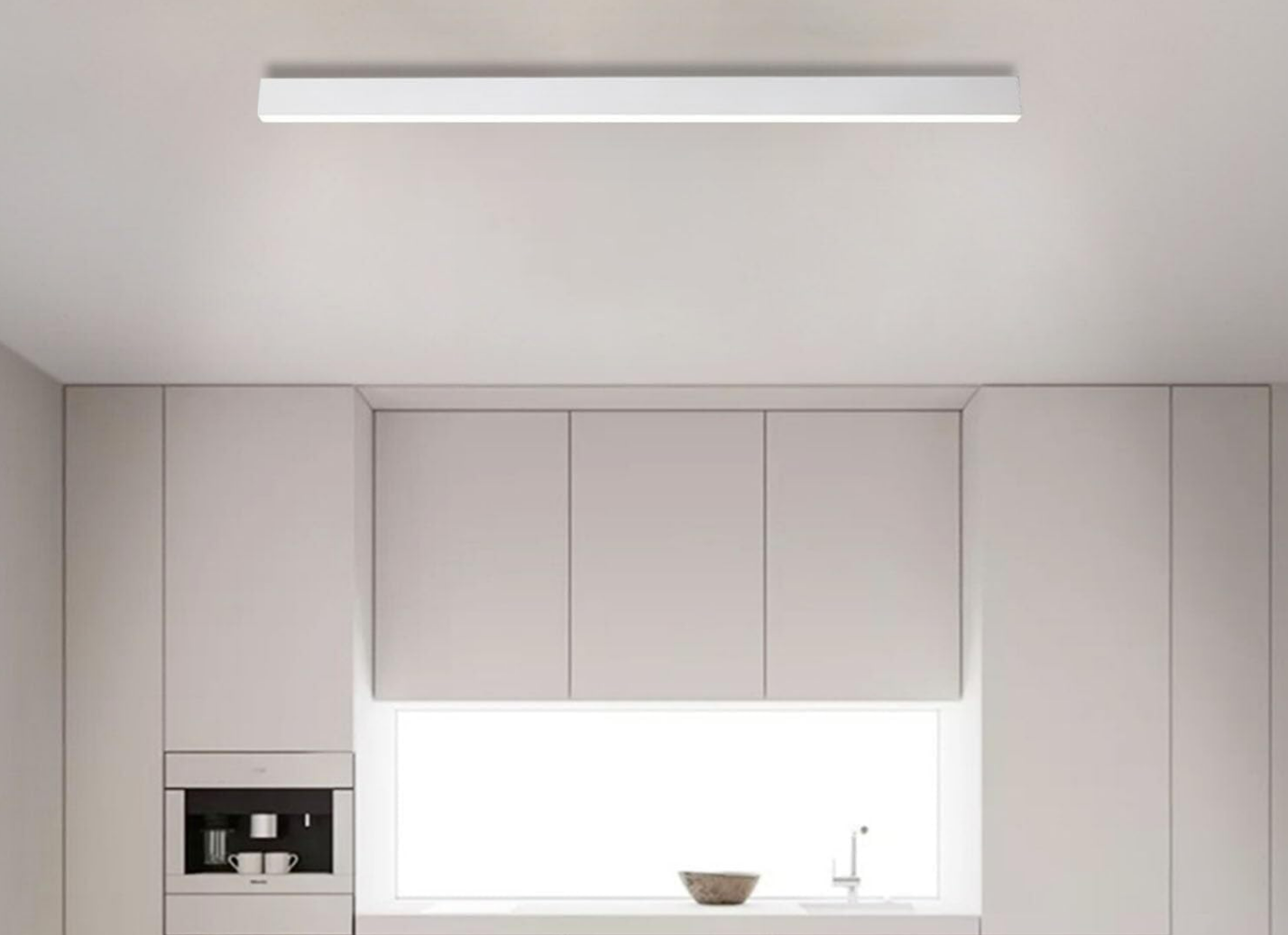
Industrial and architectural integration
In industrial settings, linear LED light design emphasizes durability, ease maintenance, and cost per lumen. In architectural contexts, the emphasis shifts toward creating rhythm, guiding lines, and layering light with wall grazing, cove lighting, and direct task illumination. Whether installing a ceiling-recessed run, a pendant linear bar, or an exterior facade wash, the goal is to achieve a cohesive lighting narrative that respects the building’s geometry and material palette.
Linear LED light design is about translating long, slender fixtures into powerful storytelling tools. By harmonizing color, distribution, efficiency, and safety, designers can craft luminous experiences that elevate spaces—be they decorative interiors, exterior façades, or high-stakes environments like emergency and explosion-proof applications. The future of linear lighting lies in smarter controls, modularity, and materials that push lightweight durability without compromising performance.
